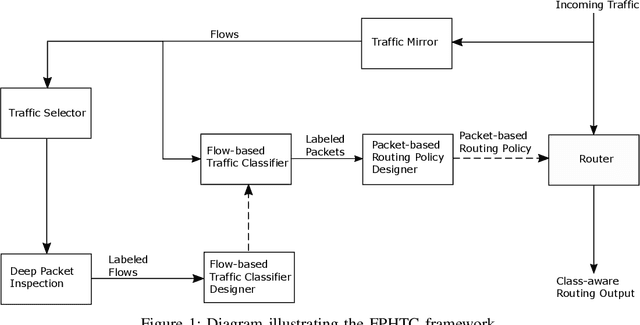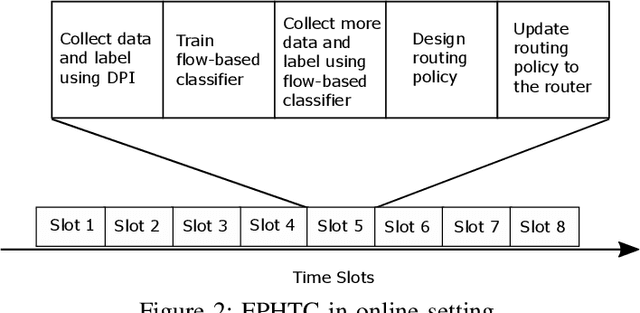Sayantan Chowdhury
Improving Knowledge Distillation with Teacher's Explanation
Oct 04, 2023



Abstract:Knowledge distillation (KD) improves the performance of a low-complexity student model with the help of a more powerful teacher. The teacher in KD is a black-box model, imparting knowledge to the student only through its predictions. This limits the amount of transferred knowledge. In this work, we introduce a novel Knowledge Explaining Distillation (KED) framework, which allows the student to learn not only from the teacher's predictions but also from the teacher's explanations. We propose a class of superfeature-explaining teachers that provide explanation over groups of features, along with the corresponding student model. We also present a method for constructing the superfeatures. We then extend KED to reduce complexity in convolutional neural networks, to allow augmentation with hidden-representation distillation methods, and to work with a limited amount of training data using chimeric sets. Our experiments over a variety of datasets show that KED students can substantially outperform KD students of similar complexity.
Flow-Packet Hybrid Traffic Classification for Class-Aware Network Routing
Apr 30, 2021



Abstract:Network traffic classification using machine learning techniques has been widely studied. Most existing schemes classify entire traffic flows, but there are major limitations to their practicality. At a network router, the packets need to be processed with minimum delay, so the classifier cannot wait until the end of the flow to make a decision. Furthermore, a complicated machine learning algorithm can be too computationally expensive to implement inside the router. In this paper, we introduce flow-packet hybrid traffic classification (FPHTC), where the router makes a decision per packet based on a routing policy that is designed through transferring the learned knowledge from a flow-based classifier residing outside the router. We analyze the generalization bound of FPHTC and show its advantage over regular packet-based traffic classification. We present experimental results using a real-world traffic dataset to illustrate the classification performance of FPHTC. We show that it is robust toward traffic pattern changes and can be deployed with limited computational resource.
 Add to Chrome
Add to Chrome Add to Firefox
Add to Firefox Add to Edge
Add to Edge